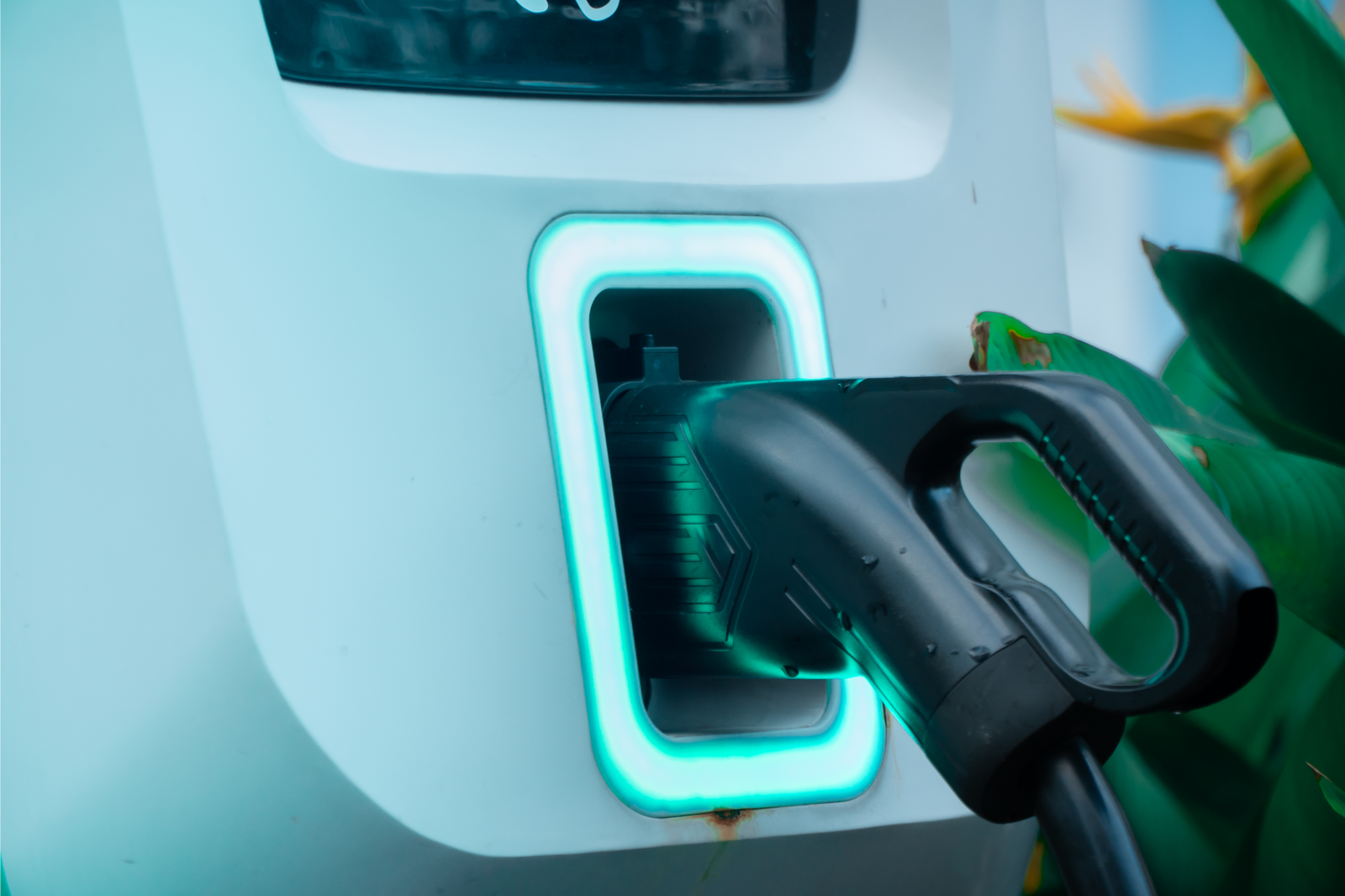Electric vehicle (EV) car charging is a process where electric cars, powered by rechargeable batteries, are connected to charging stations to replenish their energy. Here's some information about EV car charging:
Types of Charging Stations:
- Home Charging: EV owners can install chargers at home for overnight charging convenience.
- Public Charging Stations: Widely available in various locations, including shopping centers, parking lots, and along highways.
Charging Levels:
- Level 1 (120V): Uses a standard household outlet, typically slower.
- Level 2 (240V): Faster charging, suitable for home installations and public stations.
- DC Fast Charging: Rapid charging, commonly found at public stations, offering a quick boost.
Charging Times:
- Charging times vary based on the charger type, the car's battery capacity, and the state of charge.
Charging Apps and Networks:
- Various apps help EV drivers locate charging stations, check availability, and even pay for charging services.
- Networks like Tesla Supercharger, ChargePoint, and others provide extensive charging infrastructure.
Environmental Impact:
- EVs contribute to reducing greenhouse gas emissions compared to traditional combustion engine vehicles.
Challenges:
- Infrastructure gaps and charging times can still pose challenges for widespread EV adoption.
Technological Advancements:
- Ongoing advancements aim to improve charging speed, efficiency, and accessibility.
Government Incentives:
- Many governments offer incentives to encourage EV adoption, including subsidies for home charger installations.
Future Outlook:
- Continued expansion of charging infrastructure is expected to support the growing popularity of electric vehicles.
As of my last knowledge update in January 2022, developments in EV technology and charging infrastructure may have occurred since then.
- Environment(4)
- Ecofriendly(3)
- Sustainability(4)

